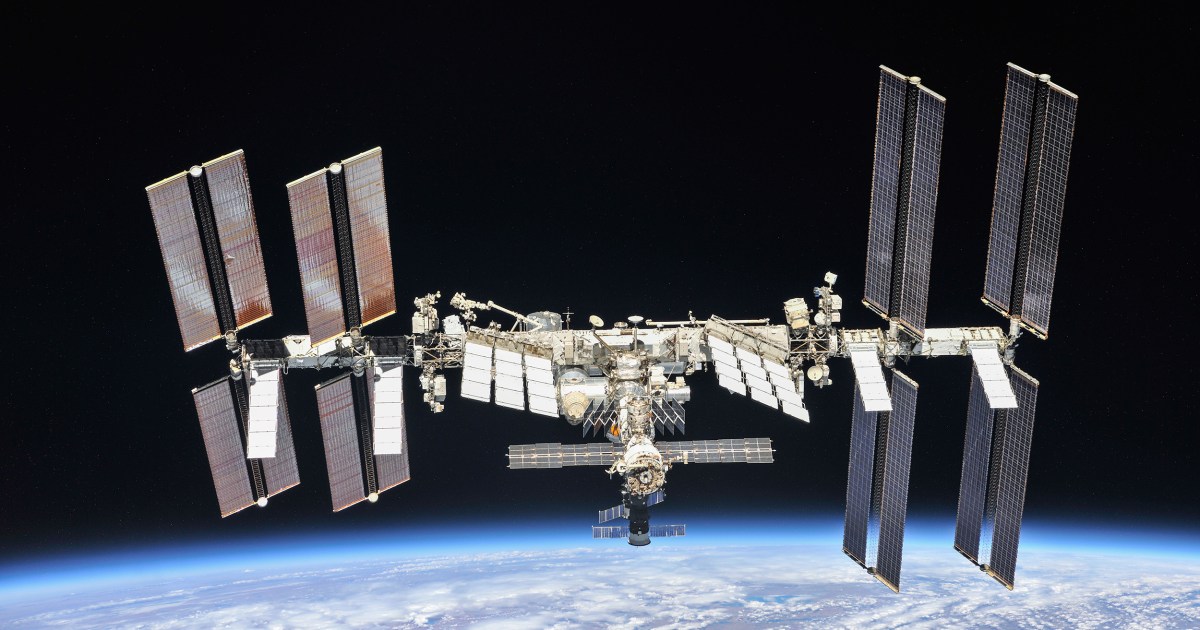The International Space Station (ISS) is slated to be decommissioned in 2031 after circling Earth for three decades. NASA is determined not to leave the 356-feet-long facility floating in orbit, as it would contribute to the already high levels of hazardous space debris and could potentially cause more damage if it collided with another object. To ensure a safe destruction, NASA plans to use a “space tug,” officially known as the U.S. Deorbit Vehicle (USDV), which will guide the ISS to a secure position before descending quickly and mostly burning up in Earth’s atmosphere. However, there is a possibility that certain parts of the ISS may survive the descent, so it is crucial to meticulously plan and execute the deorbit maneuver to prevent any fragments from landing in populated areas.
In light of this, NASA has recently requested proposals for a new space tug design or modifications to existing spacecraft that can assist with the crucial deorbiting maneuver. The selected design is expected to undergo years of development, testing, and certification. According to statements made by Kathy Lueders, the former chief of NASA’s human spaceflight program, the final cost of the space tug could reach nearly $1 billion.
Initially, NASA and its partners contemplated utilizing a Russian Progress spacecraft for the deorbiting operation. However, they have now decided that a new spacecraft solution would offer more robust capabilities for a responsible deorbit. The United States, Japan, Canada, and the participating countries of the European Space Agency (ESA) have committed to operating the orbital outpost until 2030, while Russia intends to keep cosmonauts on board until at least 2028.
The design, construction, and deployment of the ISS have pushed engineering innovation to its limits, fostering scientific research and international collaboration. However, the aging design of the structure is beginning to show, and maintenance is becoming increasingly challenging due to rising costs. To maintain a human presence beyond Earth, NASA is collaborating with various private companies that have ambitions to launch their own space stations in the coming years.

